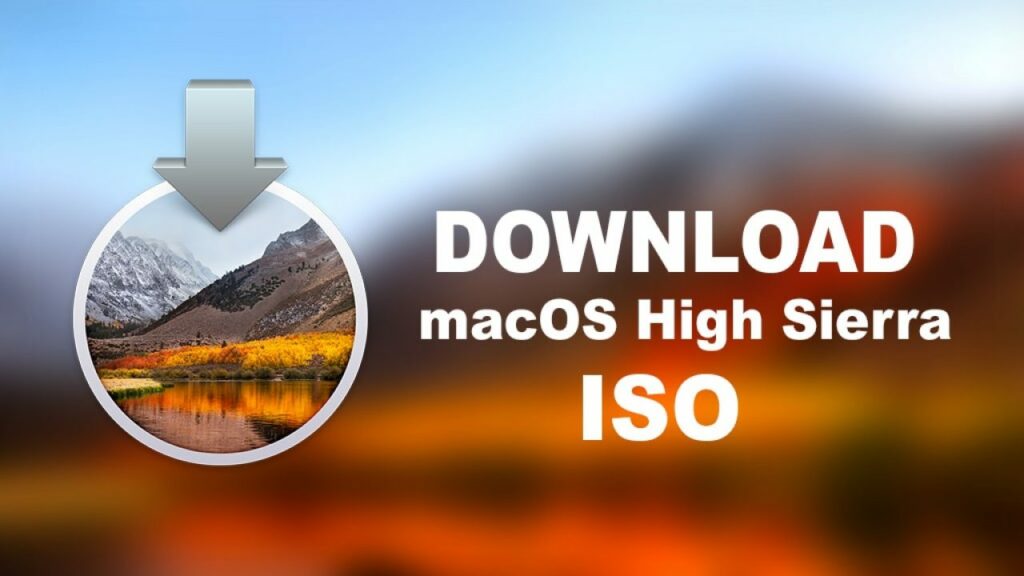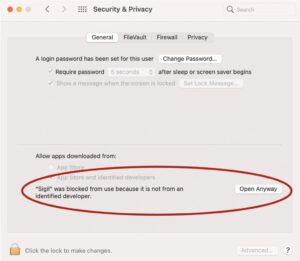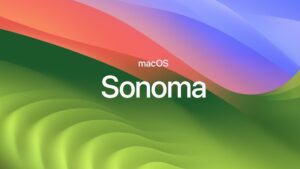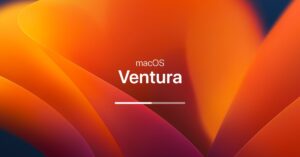In 2017, Apple came with a brand-new OS with better performance and technical features. This OS was inspired by the high Sierra region located in California. This OS grossed over a million downloads within no time.

In 2017, Apple came with a brand-new OS with better performance and technical features. This OS was inspired by the high Sierra region located in California. This OS grossed over a million downloads within no time.
This version of Mac consists of a whole new bunch of features which makes it among the best Mac OSes.
Mac machines consist of special OSes, which provide greater stability and uniqueness. The OS is exclusively developed by Apple for its Mac. We all know about Apple, and from 1976 till today, they have developed a wide range of Mac computer models and its OSes to run them.
The Mac machines are specially developed to provide users best-in-class performance stability and security. Mac is among the most popular computer systems used by various professionals.
You may also like: Mac OS Big Sur 11.6 ISO & DMG
Download: Mac OS Sierra 10.12 ISO and DMG Image
Mac is among the favorites of creative professionals because it provides them with all the professional components they want.
As discussed, Mac OS High Sierra got Realness 2017 with its 10.13 version. This is an update provided to the Sierra OS.
Apple has made various technical improvements in High Sierra, making it unique and futuristic. In today’s article, we will look at the features of High Sierra and the steps to install this OS on a Mac computer.
Mac OS High Sierra 10.13 ISO or DMG
Download only the stub installer means web installer is the main reason that only users may be downloading from the app store. The stub installer is mainly little in size. After running the stub installer, the real operating system will begin being introduced.
This article is focused more on the process part of downloading macOS High Sierra 10 on ISO River platform. With the article, the users can easily understand the bootable USB process to install macOS High Sierra 10.13 full installer. Moreover, this is encouraging a new introduction and an updated side of the macOS software.
Apple security updates: it does not untapped, examine affirm security issues until an examination has stopped only for the client insurance where fixes or discharges are accessible. Apple security discharge page can record the discharge pieces of evidence. Its users may know the more data they must have to see the Apple product’s security page. Users can interchange with Apple utilizing the Apple product security PGP key.
What’s new in macOS High Sierra 10.13
High Sierra is a unique MacOS that provides several development features. And this software can bring out the true potential of hardware. With the development of computer technology, Apple is always developing an OS with several new features. High Sierra also comes with various features like the APFS file system and graphic acceleration system; we will discuss them in detail later in the article.
So, let us look at Apple’s key changes in its High Sierra.
APFS File System
One of the best features of MacOS High Sierra is its newly developed APCS file system, which supports faster file transfer. This allows Mac users to transfer data between their devices faster and lower their workload.
When you update your old macOS to High Sierra, your old file system will automatically be updated to APFS.
Graphics Acceleration and VR Technology
Apple is known for its innovation, and with its Metal 2 Technology, users can experience higher quality and faster graphics processing support in Virtual Reality and 3D applications.
Users must simply have an Apple computer and a 5K Retina display or use an external Thunderbolt 3 GPS to develop VR applications.
The new update also includes HEVC (H.265) video compression, which adds 40% more compression support than the H.264 standard. Video content with high resolutions, such as 4K, occupies less space on local storage devices and helps in faster video streaming.
Photo Management
Photos are one of the most popular applications used on Mac computers, and now, with High Sierra, users can organize their content here. They can play and edit photos with Giff extensions in the photo application. It comes with several editing tools such as Curves, Colour, and much more, allowing users to quickly open and edit their photos along with third-party application support.
Mail Management
Apple has a new interface that splits its screen into the. However, the mail application now has full credentials for users with multiple mail accounts. Now, users can check their emails and watch their favorite content on the same screen.
Safari
Apple has made several changes and come up with some amazing innovations in their Safari web browser application. In High Sierra, users will no longer be bothered about the auto-play video content on the web pages they visit. In Safari, Apple has now stopped the autoplay and unwanted video content. Also, the new safari comes with enhanced security. Its tracking features will block all the fake ads and make your browsing experience excellent and secure.
iCloud sharing
Whenever you save any photo, video, or file on iCloud Drive, you can easily share it with others. In High Sierra, Apple has announced the iCloud Family sharing feature, allowing users to share their storage with family members.
Notes
Apple has introduced a pin feature in their Notes app, allowing users to take notes quickly. Users can pin their important messages on the top and prevent the pinned content from interfering with others while creating a new note.
MacOS High Sierra Supported Devices
Here is the list of Apple devices that support MacOS High Sierra.
- iMac Pro 2017
- iMac 2017 or later
- MacBook Pro 2016 or later
- MacBook Pro 2016 or later
- iMac 2015 or later, Mid 2017 or newer
- MacBook Early 2015 or later
- MacBook Air 2010 or later
- Mac Pro 2010 or later
- MacBook late 2009 or later
- iMac late 2009 or later
System Requirements to Run Mac OS High Sierra 10.13
System requirements are very basic criteria that have to be checked before installing any software or OS on a computer. With Mac OSes being robust the minimum system requirement criteria have to be met. With Apple developing both the hardware and OS, they make it clear that even some older version of Mac is capable of running a new OS. This makes sense because users who had purchased an older version of Mac and want to update the system can do so.
To Run Mac OS High Sierra 10.13 here are the system requirements listed.
- Mac system released after 2008 will support High Sierra.
- Macs that were released in late 2009 or newer versions.
- MacBook/ MacBook retina released in late 2009 and newer versions will support High Sierra.
- MacBook Pro released in 2010 or later versions support High Sierra.
- MacBook Air or newer versions released after 2010 will support High Sierra.
- Mac Mini released in mid-2010 will support, High Sierra.
- Mac Pro released in mid-2010 and later will support High Sierra.
- iMac Pro 2017.
So, we have everything about the Mac OS High Sierra, and with this, we can move ahead to installing the ISO/ DMG file onto Mac systems. Here is the simple step-by-step procedure to install Mac OS High Sierra on a Mac computer or virtual machine.
Steps to Install Mac OS, High Sierra
Step 1: The first step is to create a bootable disk where you can use a command line in the terminal to download High Sierra OS directly on the USB stick.
Step 2: Now, plug in the USB stick and make sure the disk has at least 8GB of free space.
Step 3: Format the disk
Step 4: Open the terminal and enter or copy-paste the following command:
sudo /Applications/Install\ macOS\ High\ Sierra.app/Contents/Resources/createinstallmedia –volume /Volumes/MyVolume
Step 5: In this command, change the name of MyVolume with the name of your USB stick
Step 6: Run the command on the terminal
Step 7: You must provide your admin password and proceed.
Step 8: Just follow the process until it gets completed, and your USB stick is not ready and bootable.
With the bootable volume, you can install the High Sierra OS and any supported Mac computer mentioned in the above list.
Steps to Install Mac OS on a Virtual Machine
Step 1: The first step is to download the ISO/DMG file of Mac OS High Sierra 10.13 on your computer.
Step 2: Now, extract the zip file
Step 3: Open the virtual machine you wish to use
Step 4: Set up the virtual machine which will host the macOS High Sierra 10.13
Step 5: Power on the virtual machine, and when it asks to choose the OS file, navigate to the path where the ISO/DMG file is located and then select the file
Step 6: The virtual machine will now install the OS
Step 7: Once the installation is done on the virtual machine, you can use this OS and have fun.
These are some of the simple steps that will help you install MacOS High Sierra on your Mac or virtual machine.
Unfortunately, with the new release of Mac versions, High Sierra has been officially unsupported by Apple. As this OS has been unsupported, some security-related concerns might arise with today’s cyber threats.
But still, if you wish to experience and work on High Sierra, you can do it.
High Sierra was a great step from Apple, and if your system is compatible with new macOS versions, then surely you must try them out.








Very good, It was really usefull. Thankyou very much.
can this be ran on virtualbox on a win 10 pc?
Its Can
can i install it on virtual box?
.dmg file link is not opening fix it dude
You can only open .dmg files in mac
can I use it on virtual box?
❤
Vhd file download Catalina mac OS file rar open it ask password sent password right now.
It WORK YEAHHHHH
thank you for the image source/link
Thank you soo much
Is it the latest version? please reply